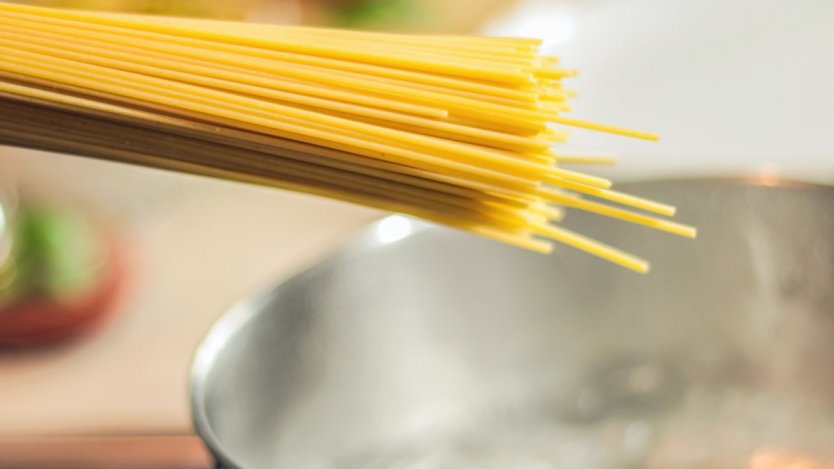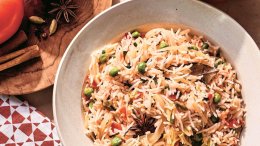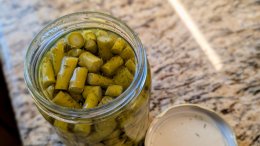Did you know there is a difference between the different speeds of bubbling? Let’s use plain ol' water as an example.
When something needs to reach a boil, the liquid has to reach 100 degrees celsius. If you don't have a thermometer, a boil can be characterized by giant bubbles that are continually breaking the water's surface, whereas a simmer is reached at 82 to 88 degrees celsius. When it reaches this temperature, small bubbles will rise from the bottom of the pot while only occasionally breaking the water's surface tension.
You don't often see foods boiled for the duration of the cooking time; more regularly, the water is brought to a boil and turned down when the food goes into the water. Some common exception are when you are blanching (quickly cooking the outside portion) vegetables, cooking grains such as brown rice, or pasta. Here, the agitation also aids in keeping the grains from sticking together.
More frequently though, a recipe will call for a simmer. With a simmer, there aren't as many large bubbles, which will allow for delicate foods to remain whole. In addition, due to the lower temperature, the food in the pot has a slower heating period, which reduces the chance of it being scorched (i.e. burning food onto the bottom of the pan).













